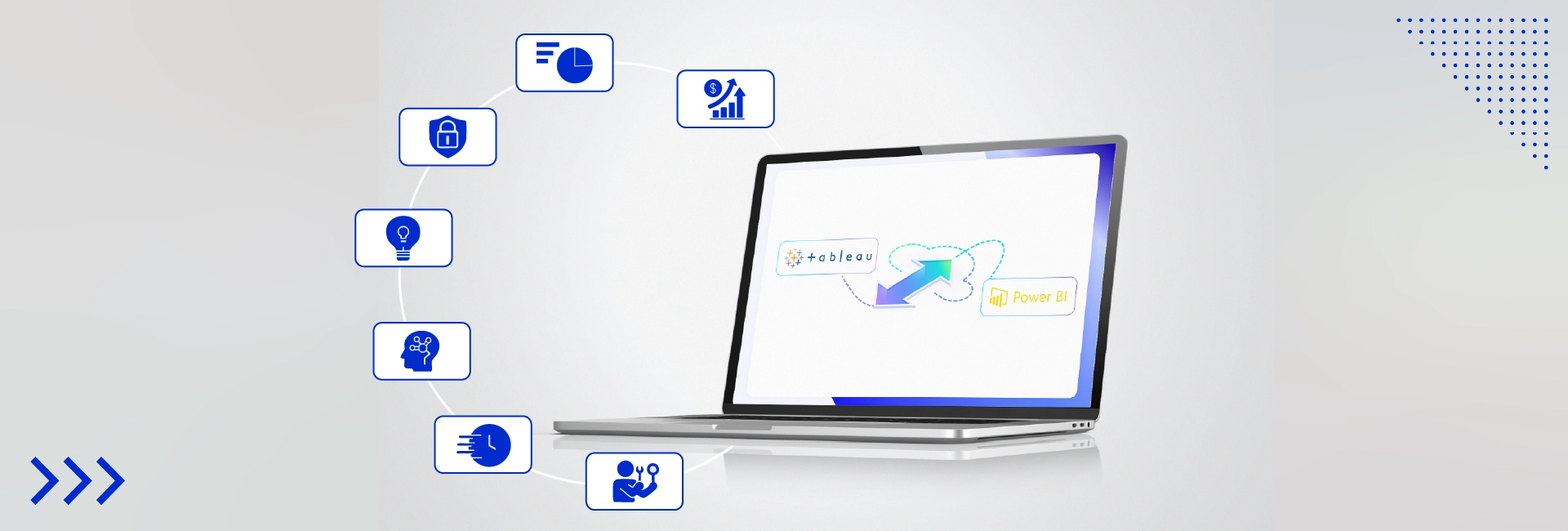Do you also reach out to grab your income statement or balance sheet when asked about the financial health of your business? Income statements or balance sheets do give a brief on financial records, but they don’t tell you how cash is coming into and going out of your business. That’s where the cash flow statement comes into the picture.
In this blog, we will dig deep into the intricacies of the cash flow statement, create cash flow analysis, and break it down into a simple way for you to understand it with ease. We will also highlight the strategies and benefits of maintaining accurate cash flow statements for your business.
What is a cash flow statement?
A cash flow statement shows the actual flow of cash in and out of a company over a specific period, usually monthly, quarterly, or annually. Unlike profits (which can include unpaid invoices), cash flow is all about real money in hand.
Think of it as your business bank account diary. It helps you answer questions like:
- Are we making enough cash to cover expenses?
- Do we need financing?
- Can we afford to expand?
Why does cash flow matter?
Many profitable businesses have failed due to cash flow problems. Why? Because profits don’t pay the bills, cash does. Here are a few reasons why cash flow matters:
- It shows your company’s liquidity; how easily you can meet short-term obligations.
- It helps identify funding gaps or times when you might need outside capital.
- It reveals if you’re over-relying on credit or delaying supplier payments.
- Investors and lenders often consider cash flow even more important than profit when assessing your business.

The benefits of understanding cash flow
Reading your cash flow statement isn’t just about compliance or paperwork, it’s a strategic advantage. Here’s how it benefits you:
1. Informed decision-making
Knowing how much cash you truly have allows you to make smarter choices about hiring, marketing, inventory, and investments.
2. Improved financial planning
Cash flow statements help you forecast when cash shortages might occur, allowing you to plan for loans or adjust spending before it’s too late.
3. Investor and lender confidence
Banks and investors trust businesses that have clear, consistent cash flow. It’s often more important to them than your profits.
4. Risk management
Cash flow analysis can help you identify bottlenecks—such as slow-paying customers or high overhead costs—that could become bigger problems later.
5. Better budgeting
By understanding past cash flow patterns, you can build more realistic budgets and allocate resources effectively.
Three main sections of a cash flow statement
The statement is divided into three core sections, each showing a different type of cash activity:
1. Operating activities
This section covers cash generated or spent on day-to-day business operations.
Includes:
- Cash received from customers
- Cash paid to suppliers and employees
- Rent, utilities, and other expenses
Positive cash flow here generally means your core business is healthy.
Example: If your coffee shop made $20,000 from sales and paid $15,000 in expenses, your operating cash flow is $5,000.
2. Investing activities
This section reflects cash used for or generated from investments in long-term assets.
Includes:
- Purchasing or selling equipment
- Buying or selling property
- Investing in other businesses
A negative number here isn't always bad, it might mean you're investing in future growth.
3. Financing activities
This section shows cash flows related to borrowing and equity.
Includes:
- Loans taken or repaid
- Issuing or buying back shares
- Paying dividends
Let’s say this is the cash flow statement for “Fresh Beans Cafe” for Q1 2025:
| Section | Amount (USD) |
| Operating activities | +$8,000 |
| Investing activities | +$5,000 |
| Financing activities | +$2,000 |
| Net cash flow | +$5,000 |
| Cash at beginning of period | +$3,000 |
| Cash at end of period | +$8,000 |
What this tells us:
- The cafe made $8,000 from operations (great!)
- They spent $5,000 on a new espresso machine (long-term asset)
- They borrowed $2,000 to help fund the purchase
- Ending with a healthy $8,000 in cash on hand

Practical strategies to improve cash flow
Understanding your cash flow is step one. Improving it? That’s where the magic happens. Here are practical strategies to help you optimize it:
1. Speed up receivables
- Send invoices promptly and follow up consistently.
- Offer early payment discounts.
- Use invoicing software with automated reminders.
2. Control your payables
- Negotiate better terms with suppliers (e.g., 60-day payments).
- Avoid paying early unless there’s a benefit like a discount.
- Track due dates to avoid late fees and optimize cash outflows.
3. Reduce unnecessary expenses
- Audit subscriptions and services you’re not fully using.
- Downsize office space if you’re remote-first.
- Consolidate software tools to save on SaaS costs.
4. Monitor inventory closely
- Overstock ties up cash. Use just-in-time inventory when possible.
- Use analytics to forecast demand and prevent over-purchasing.
5. Plan for seasonality
- If your business is seasonal, build a cash reserve during peak months.
- Use forecasts to prepare for slow periods.
6. Diversify revenue streams
- Introduce new products or services.
- Expand into complementary markets.
- Offer subscription or recurring payment models to stabilize cash inflow.
How to read cash flow step-by-step?
Now that you know what you’re looking at, let’s walk through the process of reading a cash flow statement:
Step 1: Start with net cash from operating activities
Look here first. If this number is consistently positive, it means the business is generating cash from its core activities.
Step 2: Check investing activities
Look at whether the company is spending on assets or selling them. Frequent asset purchases can mean growth, but consistent asset sales might suggest cash shortages.
Step 3: Examine financing activities
See how the business is raising money. Are they taking on more debt? Paying off loans? Issuing shares? This tells you how stable their financing sources are.
Step 4: Analyze net cash flow
At the bottom, you'll see the net increase or decrease in cash for the period. Combine this with the beginning and ending cash balances to track trends.
What to watch out for
- Positive operating cash flow + negative investing cash flow = growth
This combo usually signals a healthy company reinvesting profits. - Positive operating + positive investing + negative financing = maturity
The company is generating and investing cash without needing outside funds, a great sign. - Negative operating cash flow over time = red flag
This could mean the business isn’t sustainable without external financing.
Common mistakes to avoid
- Confusing profit with cash flow: A profitable business can still go bankrupt if it runs out of cash.
- Ignoring one-time items: Look out for large, unusual inflows or outflows that skew the data (like selling off a major asset).
- Only focusing on net cash: Always analyze the individual sections to understand where cash is coming from and where it’s going.
- Forgetting timing differences: Revenue earned doesn't always equal cash received, watch out for lags in payments or early spending.
Pro tips for business owners
- Monitor cash flow monthly, not just quarterly or yearly.
- Create a cash flow forecast to anticipate future needs or shortages.
- Use tools like QuickBooks, Xero, or Excel templates to track and visualize cash flow.
- Work with your accountant to set cash flow KPIs for your business.
Ready to update your cash flow statements?
The cash flow statement is like a financial reality check. While profits look good on paper, cash flow shows whether the business can actually pay its bills. Learn to read it well, and you’ll gain powerful insights that balance sheets and income statements can’t fully offer on their own.
At FBSPL, we help businesses create the most accurate and reliable cash flow statements to make informed decisions. So next time you're handed a financial report, don’t skip the cash flow section, dig in, and let the numbers tell the real story. Contact us today for more info.





